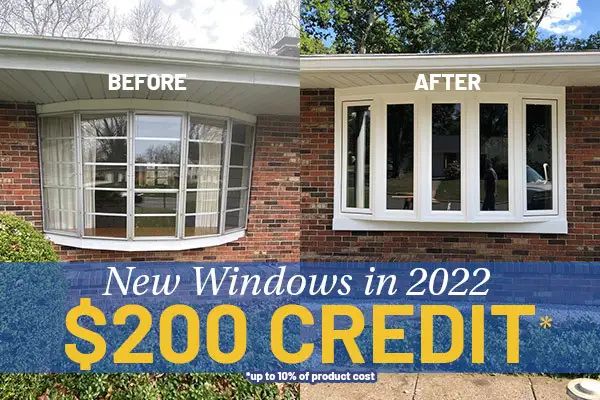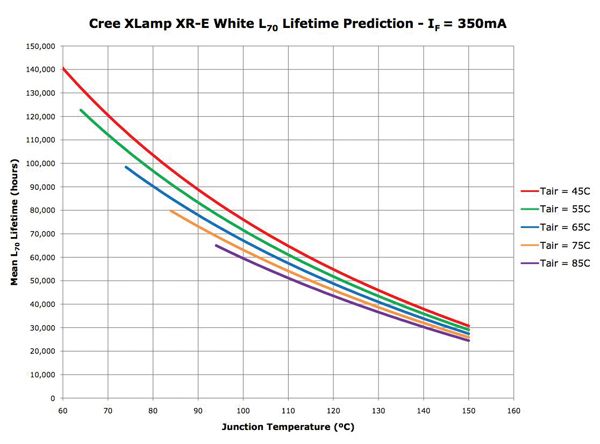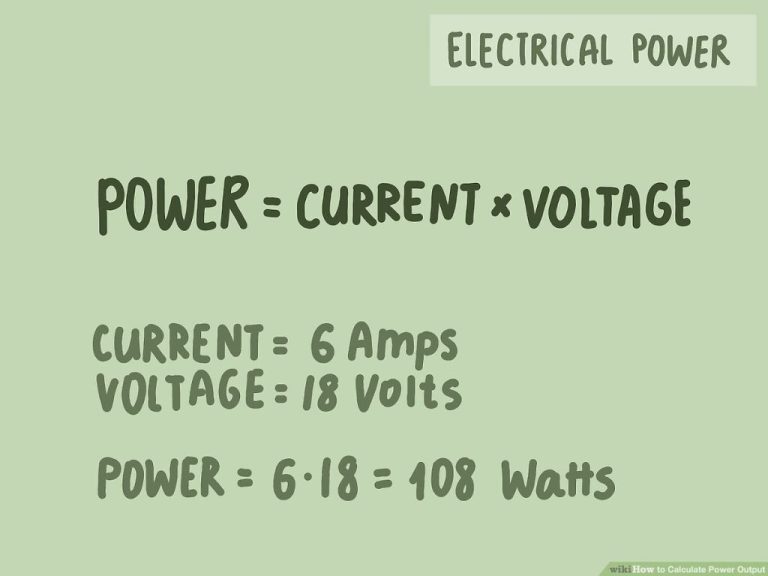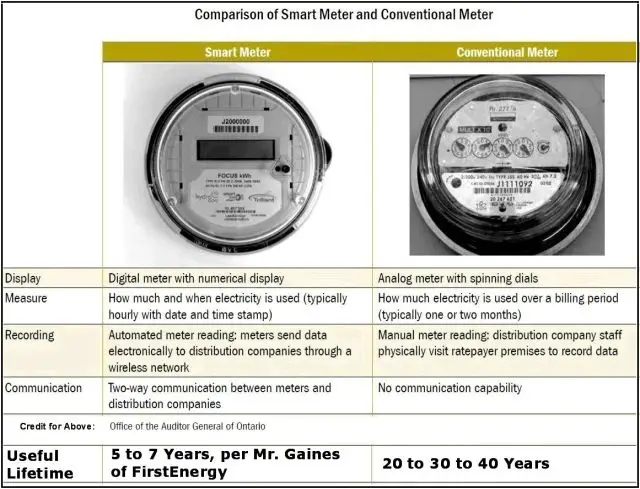Are Energy-Efficient Windows Tax Deductible In 2023?

Energy-efficient windows are designed with advanced glazing, seals, and frames to reduce heat loss in the winter and heat gain in the summer. They help lower energy bills by improving the insulation of a home. According to the Energy Star, installing energy-efficient windows can reduce heating and cooling costs by 12% on average.
There are many benefits to installing energy-efficient windows:
- Lower energy bills – Better insulation reduces heating and cooling costs.
- Increased home value – Upgrading can increase resale value.
- Improved comfort – Better insulation keeps homes consistently comfortable.
- Less noise – Multi-layered glazing reduces outside noise.
- Durability – Advanced frames are resistant to rot, rust, and impacts.
With these advantages, it’s no wonder many homeowners are interested in installing energy-efficient windows. But are they eligible for tax breaks?
What are Energy-Efficient Windows?
Energy-efficient windows are designed to prevent heat transfer and improve a home’s energy efficiency. They have a number of features that help reduce heat loss in winter and heat gain in summer:
Double or triple pane glass – This consists of two or three panes of glass separated by a space filled with air or gas. The gap between the panes acts as insulation to reduce heat transfer.
Low-emissivity (Low-E) coatings – A thin metallic coating is applied to the glass surface to reflect heat back into the home in winter and reflect radiant heat from the sun in summer. This helps keep homes warmer in winter and cooler in summer.
Gas fills – The gap between glass panes may be filled with inert gases like argon or krypton which are less conductive than air. This further reduces heat transfer through the window.
Together, these features can greatly improve a window’s U-factor, or rate of heat loss, resulting in better insulation, comfort, and energy savings compared to standard single pane windows.
Tax Incentives for Energy Efficiency
There are federal and state tax credits, rebates, and deductions available to homeowners who make qualifying energy efficiency improvements to their primary residence. These incentives help offset the costs of upgrades like installing energy efficient windows. Federal tax credits include options like the Nonbusiness Energy Property Credit (https://www.energystar.gov/about/federal_tax_credits) and the Residential Energy Efficiency Property Credit (https://www.irs.gov/credits-deductions/home-energy-tax-credits). Many states and utility companies also offer rebates or deductions for installing energy efficient products. The availability and details of state tax credits vary widely, so homeowners should research what options exist in their area.
The Nonbusiness Energy Property Credit offers a tax credit up to $1,200, or 30% of the cost of the energy efficiency improvements, whichever amount is lower. The Residential Energy Efficiency Property Credit includes a 30% tax credit for installed costs of qualifying items. For 2023, the credit amount is capped at $2,000 for the cost of all improvements under this credit. There are lifetime limits that apply to both credits as well.
It’s important for homeowners to understand what improvements qualify, as well as the specific requirements, limits, and documentation needed to claim these credits on their tax returns. Consulting a tax professional is advisable to ensure proper compliance.
Federal Tax Credits
The primary federal tax credit related to energy-efficient windows is the Non-Business Energy Property Credit. This credit is claimed on IRS Form 5695 and applies to improvements that help conserve energy in your primary residence (IRS, 2023).
The credit is 30% of the cost for installing specific energy-efficient improvements like windows, doors, insulation, HVAC, and water heaters, up to a lifetime limit of $600 for windows and $2,000 total across all improvements (IRS, 2023). To qualify in 2023, windows need a U-factor of 0.3 or lower and a SHGC of 0.3 or lower (H&R Block, 2023).
There are also income limits to qualify. For those married filing jointly, the phaseout range is $150,000 to $260,000 in modified adjusted gross income. For all others, the phaseout range is $75,000 to $130,000 (IRS, Credits). Only the costs for materials and installation can be included, not labor or permit fees.
Homeowners must also get a Manufacturer’s Certification Statement for the windows verifying they meet required U-factors and SHGC ratings (H&R Block, 2023). Proper documentation like receipts must be maintained to claim the credit.
State Tax Credits
The availability and amounts of tax credits for energy-efficient windows vary by state. Some states, such as Oregon and Maryland, offer tax credits of up to $500 for installing qualifying energy-efficient products like windows (https://www.energy.gov/tax-credits-rebates-savings-0). Other states like New York offer a tax credit equal to 25% of the cost of windows installed, up to $500 per residence (https://www.dsireusa.org/).
To find out if your state offers a tax credit for energy-efficient windows, check your state energy office’s website or the Database of State Incentives for Renewables and Efficiency (https://www.dsireusa.org/). The amount of the credit can range from $50 to thousands of dollars depending on the state and the specific energy-efficient upgrade.
When claiming a state tax credit, homeowners will likely need to provide documentation such as receipts and ENERGY STAR certification for the windows installed. The credit is typically taken when filing state income taxes for the year the windows were installed.
Itemizing Deductions
To claim a tax deduction for energy-efficient home improvements, you must itemize deductions on your federal income tax return rather than taking the standard deduction (Energy Efficient Home Improvement Credit). Itemizing allows you to deduct certain expenses like mortgage interest, state and local taxes, charitable donations, and now also energy-efficient upgrades.
Switching to itemized deductions only makes sense if the total exceeds the standard deduction, which is $12,950 for single filers and $25,900 for married couples filing jointly in 2022 (Energy Tax Credit: Which Home Improvements Qualify?). The IRS provides a checklist to help determine if you should itemize or take the standard deduction.
When itemizing on Schedule A, you’ll report your expenses for qualifying energy-efficient improvements and receive a tax deduction for these costs. The deduction can provide significant tax savings, making energy-efficient upgrades more affordable.
Deduction Limits
The energy efficient home improvement tax credit has a lifetime limit of $500 for most improvements, with some exceptions. According to the IRS, “The maximum lifetime limitation is $500, of which only $200 may be for windows.”
While most energy efficiency upgrades are subject to the $500 lifetime cap, there are a few exceptions. For example, there is no limit for the cost of installing qualified solar electric, solar water heating, geothermal heat pump, small wind energy, and fuel cell property. Biomass fuel stoves also have a higher lifetime limit of $300.
So in summary, most energy efficiency improvements like windows, doors, insulation and HVAC systems are limited to a total combined tax credit of $500 for your tax lifetime. But certain renewable energy systems like solar panels or geothermal heat pumps can qualify for larger credits without a lifetime maximum.
Qualifying Improvements
To qualify for the energy efficient home improvement tax credit, windows must meet specific energy efficiency criteria. The most common qualification is certification by the Environmental Protection Agency’s (EPA) ENERGY STAR program. ENERGY STAR sets standards for energy efficiency that products must meet in order to be certified. For windows, the requirements focus on U-factor and Solar Heat Gain Coefficient (SHGC).
The U-factor measures how well a window conducts heat. The lower the U-factor, the better the window is at insulating. SHGC measures how well a window blocks heat from sunlight. Lower SHGCs reduce heat gain in warm climates. To qualify for the tax credit, windows must have a U-factor of 0.30 or lower and a SHGC of 0.30 or lower. Installing ENERGY STAR certified windows that meet these requirements will ensure your window replacement qualifies for the energy efficiency tax credit.
Documentation Needed
Homeowners must have proper documentation to qualify for the energy efficiency tax deduction. This includes receipts for all qualifying improvement costs as well as manufacturer certification stating that the components meet energy efficiency requirements.
The IRS requires receipts as proof that the improvements were made and what you paid. Receipts should include the name and address of the supplier/contractor, amount paid, date of purchase, and a description of the improvement. Keep copies of all related invoices, work orders, and manufacturer’s certification.
For windows, doors, insulation, roofing, and HVAC components, the manufacturer’s certification must state that the product qualifies for the tax credit under the requirements in IRS Form 5695. The statement can be a label, sticker, or signed letter from the manufacturer. It should list the product’s make, model number, insulation R-value, U-factor, solar heat gain coefficient (SHGC), or energy performance ratings.
Homeowners should retain all documentation for at least 3 years in case of an IRS audit. Proper record keeping is crucial to receiving the energy efficiency tax deduction.
Conclusion
In summary, homeowners who purchase energy-efficient windows in 2023 can potentially claim federal and state tax credits to help offset the costs. The federal tax credit provides up to $3,200 for qualified energy efficiency improvements made through 2033. State tax credits and rebates also exist in certain states to incentivize energy efficiency upgrades. To claim these credits, homeowners must meet eligibility requirements, follow documentation guidelines and submit the proper tax forms. Ultimately, installing energy-efficient windows can provide both energy savings and potential tax savings for those who qualify. With the right planning and research, homeowners can determine if they are able to deduct a portion of their new window expenses on their 2023 taxes.





